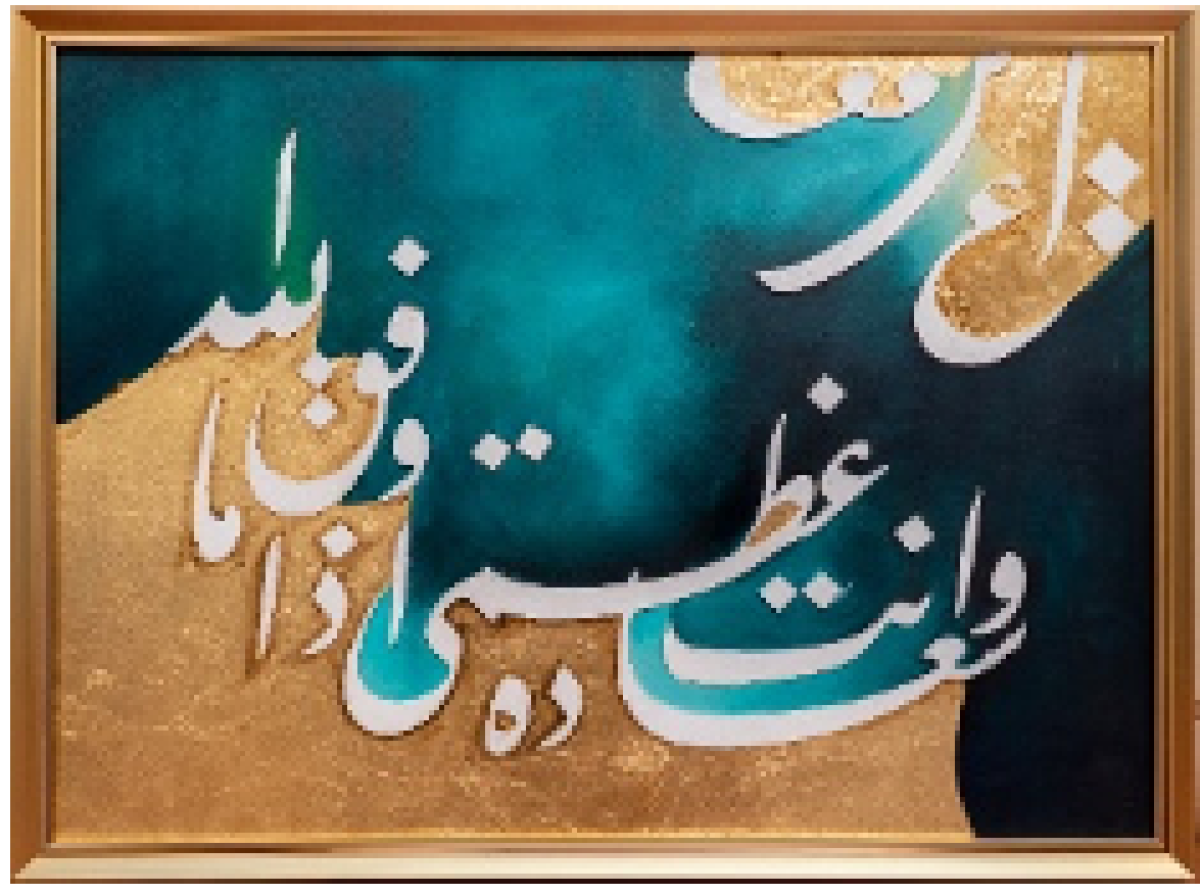Laugure Art Gallery | Arabic Writing
-
Classic
- 2024-05-05 14:35:45
Arabic Writing

- Calligraphy
- Arabic calligraphy is one of the arts of writing words and sentences that uses the twenty letters of the Arabic language. The most important thing that helps in designing Arabic calligraphy is that its letters are intertwined, which gives it work in their formation.
- The origins of Arabic calligraphy
- The origin of the Arabic calligraphy goes back to the Nabataean calligraphy, then the Kufic and Jazi schools appeared, which were created by the designer who developed and disseminated this calligraphy. The two most famous scripts appeared in the Arabic language: the Kufic script, which was distinguished by its solidity, and the Hijazi script, which was characterized by its ease. At the beginning of the emergence of the script, it was not interrupted. Until Abu Al-Aswad Al-Du'ali came to put dots on the letters.
- Types of Arabic calligraphy
- There are many types of Arabic fonts, which form geometric decorative panels, and these fonts
- These are: Kufic script:
- It is one of the most famous and oldest scripts, and its name comes from the city of Kufa in Iraq. It is characterized by coordination and similarity of letters. Among those who call this script is the scholar Yusuf Ahmed, as this script received great attention.
- Naskh line:
- It was called Naskh due to its widespread use in writing. The vizier Ibn Qatta chose the founder of this script, and among its characteristics are: the clarity and largeness of the letters, which ensures correct reading.
- Business line:
- The name is attributed to the patch, i.e. deer skin. The calligrapher Mumtaz Bey is a good writer who set the requirements for this script. It is a script that is used daily, and its characteristics are that it is written in a faster and easier way.
- Persian calligraphy:
- It is of origin found in Persia, and among its characteristics are precise and elongated letters, far from complexity, ease and clarity. Tughri script: One of its distinctive characteristics is that it is mainly written, and it is considered mainly a seal for sultans and governors. The reason: One of the most complex types of calligraphy, and one of the most beautiful in form, is related to flexibility. This is because the original is written with several letters, and due to its difficulty and need for time to write, its structural writing and some verses. Moroccan script: It is found on the borders of North Africa, mainly in the Maghreb, and from here it is called, and one of its characteristics is that its letters are greatly rounded.
- Leave line:
- It is a combination of the Naskh and Thuluth scripts. Diwani script: Its author is Ibrahim Munif, and my signature is in Diwani because it is used in writing collections, and it is specific to tawiya and liveliness, and it is written on one line.